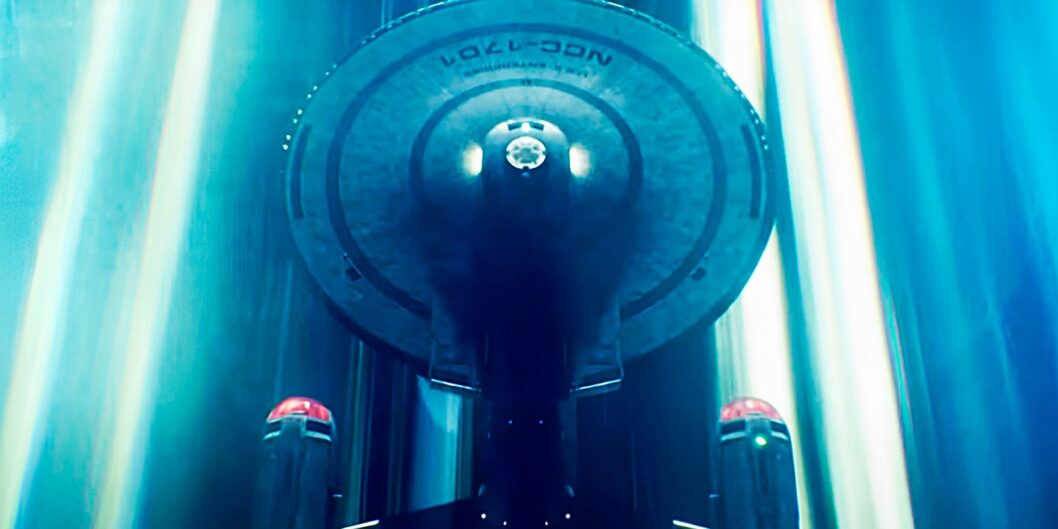New Era of Star Trek Starships: A Look at Paramount+’s Iconic Vessels
The Paramount+ era of Star Trek has ushered in an exciting array of starship designs, enriching the franchise’s lore while reflecting technological evolution. Since the introduction of the USS Discovery in Star Trek: Discovery (2017), the franchise has presented 12 new starships, each with unique characteristics and storied backgrounds.
The Importance of Starships in Star Trek
In the Star Trek universe, starships serve as more than mere vessels; they are home and symbol to their crews, reflecting the series’ long-standing themes of exploration and camaraderie. Each vessel introduced since 2017 emphasizes this connection—be it through design, narrative role, or character interactions.
1. USS Discovery
The USS Discovery remains an iconic representation of Starfleet. With its classic saucer silhouette—shared by previous USS Enterprise ships—the Discovery embodies the perfect blend of tradition and futuristic technology. The ship’s spore drive allows instantaneous travel across vast distances, a design choice that evokes varied responses among fans; some view it as cutting-edge while others find it overly fantastical. Regardless, it represents a significant aesthetic and functional evolution in the Star Trek fleet.
2. USS Stargazer
The USS Stargazer, as seen in Star Trek: Picard, highlights the technical progress within Starfleet, incorporating both Borg and traditional Starfleet technologies. Despite its imposing appearance, the Stargazer’s four nacelles have been described as somewhat clunky. Captain Jean-Luc Picard (played by Patrick Stewart) served aboard an earlier version of the ship for 22 years, making its return significant for fans of the series. However, its vulnerability due to incorporated Borg technology raised questions about the balance of power within Starfleet’s advancements.
3. USS Cerritos
Contrasting with the more ostentatious vessels, the USS Cerritos from Star Trek: Lower Decks encapsulates the everyday experiences of Starfleet life. As a California Class ship, it showcases the functional side of interstellar travel, emphasizing humor and camaraderie among its crew. Featuring a practical but slightly flawed design, it illustrates the challenges and realities of Starfleet operations, resonating with audiences through its comedic yet heartfelt narrative.
4. USS Dauntless
In Star Trek: Prodigy, the USS Dauntless serves as an homage to a ship mentioned in earlier Star Trek lore. The ship’s advanced slipstream technology signifies a noteworthy leap in speed capabilities. Admiral Kathryn Janeway (portrayed by Kate Mulgrew) commands it, demonstrating her enduring legacy within the franchise. The design of the Dauntless also incorporates nostalgic elements, drawing a parallel to past Star Trek narratives.
5. La Sirena
The La Sirena, a non-Starfleet vessel featured prominently in Star Trek: Picard, represents a departure from the classic Starfleet design. Providing a more personal and rugged aesthetic, it invites audiences to engage with the protagonist’s disillusionment with Starfleet. As Captain Seven of Nine (played by Jeri Ryan) notes, "A few dents look good on her," indicating that beauty can come from imperfection. However, this non-traditional design raised the question of whether it fits within the broader Star Trek aesthetic.
Emerging Concerns and Potential for Future Development
While the new starships have been met with enthusiasm, a few vessels like San’s ship from Section 31 and the garbage scow have been criticized for lacking substantial depth or distinctive qualities. Such shortcomings reflect a broader challenge: maintaining the intricate balance of storytelling and design that has made Star Trek beloved for decades.
Conclusion: An Evolving Legacy
The introduction of these new starships—each with their own unique capabilities and narratives—marks a significant chapter in the ever-expanding Star Trek universe. As these shows continue to unfold on Paramount+, fans can expect to explore even more innovations in starship technology and storytelling, further embedding Star Trek in the rich tapestry of science fiction. The evolving designs and concepts highlight the franchise’s commitment to growth and adaptation, ensuring its relevance for both new and returning audiences.









